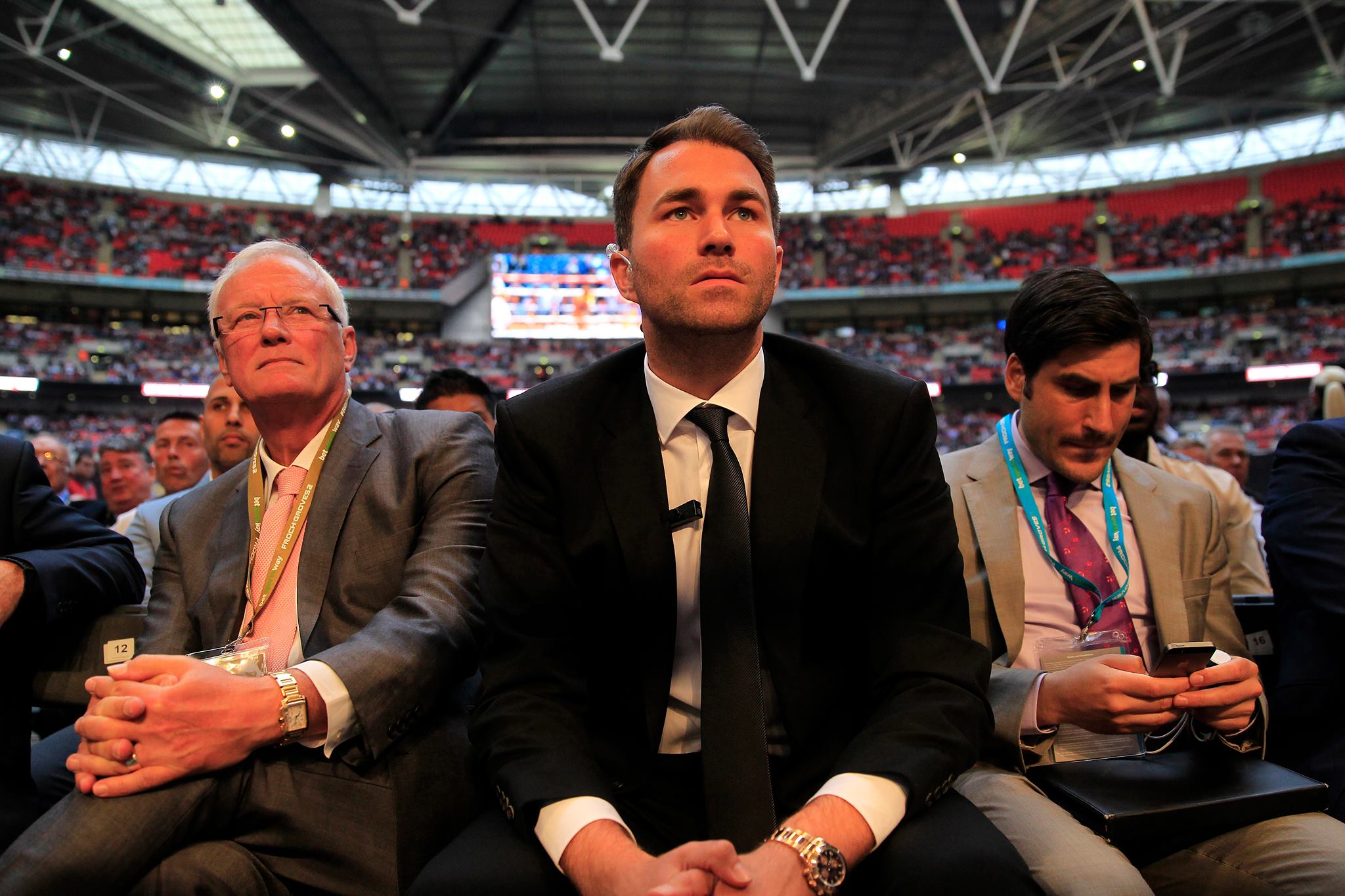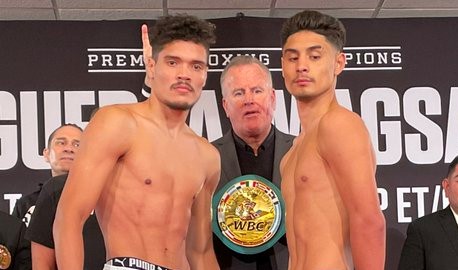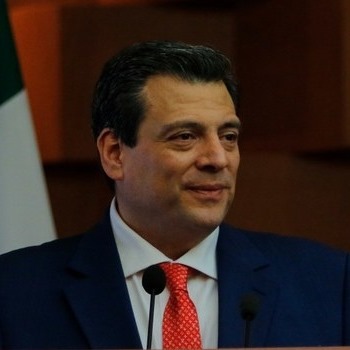By Tyson Bruce
Anybody who follows boxing will admit that it’s a frustrating sport to follow. For every Castillo-Corrales or Gatti-Ward there are dozens of fights sabotaged in some way by incompetent officiating or matches that don’t even get made because of boxing’s many self-destructive “cold wars”. Boxing continues to endure–with a debatable measure of relevance—because at its best no sport in the world comes close to approaching the sheer drama and emotion of the sweet science.
The other intriguing and perhaps perverse appeal of boxing is the near constant ooze of sinister corruption and controversy that engulfs it. Behind it’s corrupt exterior lies the athletes, many of whom come from a background of abject poverty and are often pawns in a larger game. Their story is intoxicating to watch because it’s a microcosm of life—the individual struggle of man against the many. That struggle for individual success—the pursuit of a singular aspiration—is often pitted against the majority of society’s idea of what success should be in that particular vocation.
The moral virtue of fighters is often overwhelmed by the structures of the business. The boxing business is so cutthroat and unregulated that it makes the creeps on Wall Street look like girl scouts. No fighter personifies the problems of boxing more than lineal light heavyweight champion Adonis Stevenson.
In 2013 Stevenson looked primed for stardom, bursting onto the scene by scoring four resounding knockout victories, including a 76 second destruction of defending champion Chad Dawson. He had the backing of HBO and the support of a city that worships fighters. More than that, he had the perfect opponent in Sergey Kovalev—a tantalizing matchup that would be the greatest meeting of pure punchers since Julian Jackson fought Gerald McClellan in 1993. With no evident “cold war” drama standing in the way, one could very well argue that it was the best matchup that could be made in all of boxing.
This sounds to good to be true, right?
It turns out that was exactly the case, as Stevenson suddenly signed with the powerful and mysterious manager/adviser Al Haymon, abandoning the network (HBO) that was largely responsible for his breakout success and killing any chance of a Kovalev match. Haymon deals almost exclusively with Golden Boy Promotions (Haymon has a very close relationship with then CEO Richard Schaefer), both of whom are considered persona non grata at HBO.
It’s an almost universally held belief that Al Haymon is the best or at least most powerful manager in all of boxing. Haymon’s ability to get his fighters the highest reward for the least amount of risk is the stuff of legends. Remember when Andre Berto got a million dollar paycheck to fight, of all people, Freddy Hernandez? Fans have widely scorned his role in negotiating non-competitive fights on premium cable networks. This weekend’s upcoming bout between Danny Garcia, one of boxing’s most talented fighters, against Rod Salka, who isn’t even on the fifty best fighters in his division, is a perfect example.
Lost beneath the praise heaped on Haymon for what he does for his fighters is the mounting evidence that proposes a less glittering picture of his business tactics. Chad Dawson, a former two-time lineal champion, recently made his debut fighting under Haymon and was paid an astonishingly low $15, 000 for fighting a journeyman named George Blades. Blades, inexplicably, was paid $20, 000. Is this what anyone would characterize as doing the best for your fighter? Robert Guerrero, a fighter of arguably less merit, got paid over one million to fight a guy not even the most hardcore boxing fans had knowledge of.
The plan for Stevenson was to move to Showtime and secure a less threatening and more lucrative fight with the nearly fifty-year-old Bernard Hopkins. Fans on social media chastised Stevenson for ducking Kovalev and his first fight on the network against Fonfara was regarded as a disaster on all fronts. His viewership figures and live gate attendance took a major hit and he barely survived a knockdown and late rally by Fonfara to claim an unsatisfying decision victory. Just to make matters worse Kovalev’s promoter Main Events slapped Stevenson and company with a major lawsuit for breach of contract.
Just shortly after Stevenson made his exodus to Haymon and Showtime, long time Golden Boy Promotion’s CEO Richard Schaefer was fired by the company’s president and namesake Oscar De La Hoya. The major reason for the ousting was the discovery that the company signed none of Haymon’s fighters—the vast majority of GB’s stable—to long-term contracts. This of course gave Haymon unfair negotiating power and did not further the financial interest of the company—the major objective of any CEO. De La Hoya is now suing Schaefer for 50 million in damages. The second reason given is De La Hoya’s desire to end the “Cold War” with Bob Arum’s Top Rank, which has prevented many of the best matchup’s in boxing from happening.
In a stroke of poetic justice Stevenson’s path of least resistance blew up in his face when it was recently announced that Hopkins would be moving back to HBO for a unification match with Sergey Kovalev. According to comments made by Hopkins the proposed fight with Stevenson fell through because the two camps were unable to come to suitable financial terms.
Hopkins, who it should be noted in not managed by Al Haymon, proved that great fights can be made and grudges can be resolved if the fighter demands that it happens. The fact that Hopkins, who is a shareholder at Golden Boy, will be fighting on HBO is the best sign the hostility between the network giant and GB may be coming to a much welcomed end. As a result of Hopkins’ good will, Main Events has agreed to drop its lawsuit against Golden Boy and company. At age 49 Hopkins’ willingness to fight the best is astonishing and stands in stark contrast to Stevenson’s transparent attempt to manufacture greatness.
Kovalev, 25-0-1-(23 KO’s), is now getting the lucrative fight that Stevenson sabotaged his entire public profile to get. Hopkins showed what a real fighter is by displaying a willingness to fight anyone—when Stevenson wouldn’t play ball he moved on to the next best thing and didn’t let petty business blockades stand in the way.
The real loser here is Stevenson, who may have done irreparable damage to his reputation, and now stands as the man with no dance partner. At age 36 time is not on his side and he may one day rue the day he let green overwhelm his desire for glory. It also provided a clear alternative to the kind of safety first/path of least resistance business strategy that has plagued the sport as of late. Haymon usurped one of the best and most logical matchups in all of boxing. The fact they now stand on the outside looking in and Main Events/Kovalev is in the drivers seat provides a kind of justice we don’t see often enough in boxing.


















